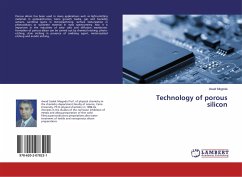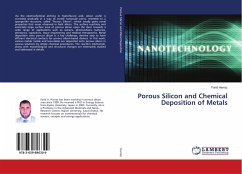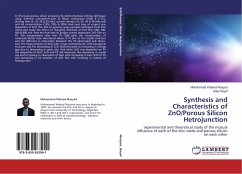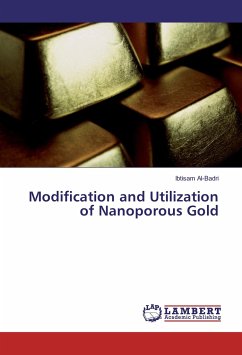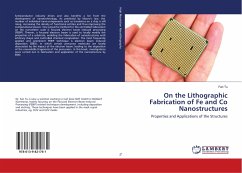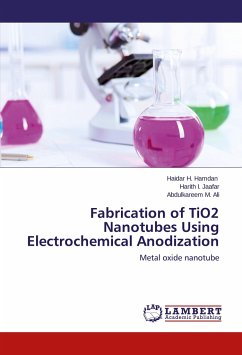The characteristics of the porous Si layer formed by silver enhanced chemical etching of p-Si in aqueous HF/HNO3 solution are influenced by the concentration of Ag ions in the plating bath, the concentrations of both the etchant (HF) and the oxidizing agent (HNO3), and the etching time of the Si substrate. The SEM outcomes confirmed that deposition of silver ions from 1.0 × 10-3 M AgNO3 solution on p-Si before the chemical etching in HF/HNO3 resulted in uniformly PSL in a comparison with the other silver nitrate concentrations. The impedance data revealed that when the concentrations of HF and nitric acid rise, so does Si dissolution. The manufacture of PSL with regular and small diameter round holes was faster with Ag-modified chemical etching of p-Si than with traditional stain etching in the same etchant solution, which produced pores of considerable width. The lack of a silver peak in the EDX measurements for the resultant PSL from Ag-assistance chemical etching suggested that the deposited Ag had fully dissolved in the solution after etching. The results of SEM and AFM revealed that the nanopore diameter and surface roughness increased as the etching duration raised.
Bitte wählen Sie Ihr Anliegen aus.
Rechnungen
Retourenschein anfordern
Bestellstatus
Storno


